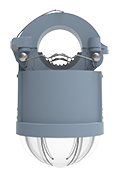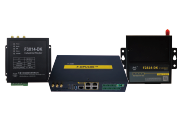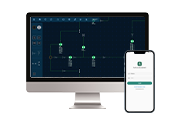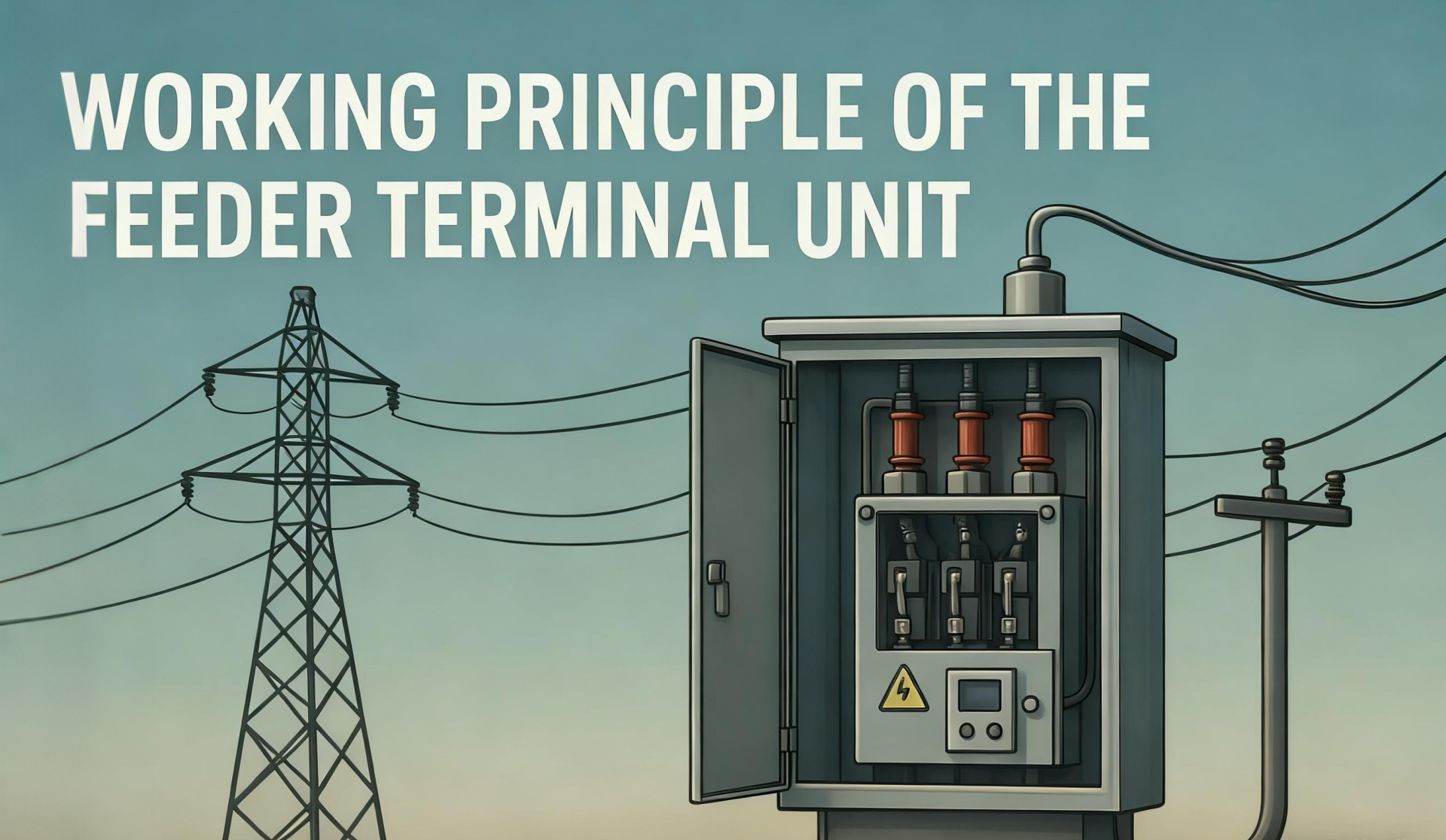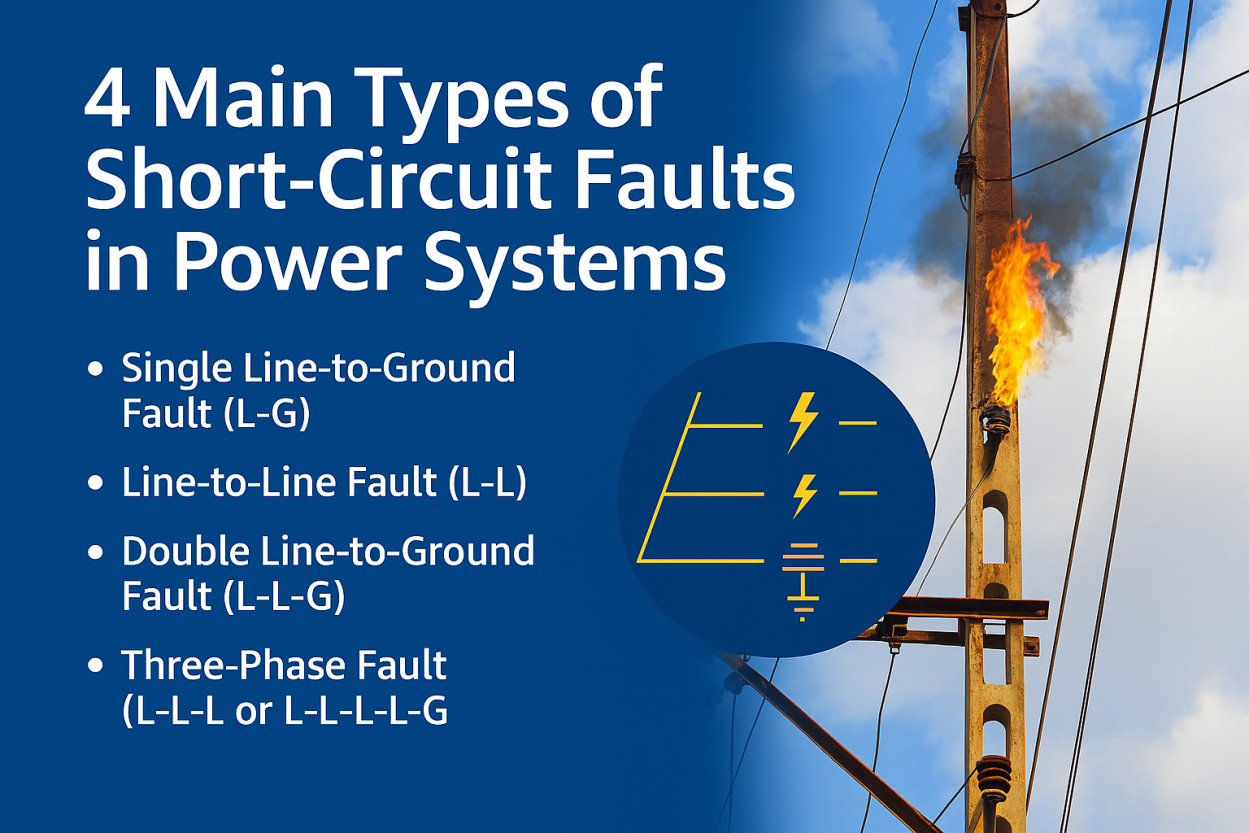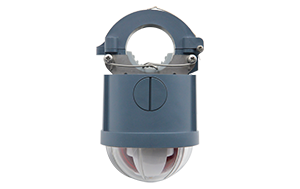News
Different types of short-circuit faults in power systems
Date:2025-11-06
As power systems grow in complexity and scale, quickly identifying and locating faults becomes crucial for maintaining reliability and minimizing downtime. Short-circuit faults are among the most common and potentially damaging events in electrical networks. To address this, fault indicators have become an essential tool for modern operations and maintenance (O&M). This article explains the four main types of short-circuit faults and how fault indicators, including Fourfaith Power’s falut indicator solutions, improve fault detection and management.
1. The Four Main Types of Short-Circuit Faults
Short-circuit faults occur when unintended connections between conductors or between a conductor and the ground create abnormally high currents. The four main types are:
Single Line-to-Ground Fault (L–G)
One phase conductor contacts the ground, resulting in unbalanced currents. This is the most common fault type in power systems.
Line-to-Line Fault (L–L)
Two phase conductors touch, forming a direct short circuit. It generates high current and can damage connected equipment.
Double Line-to-Ground Fault (L–L–G)
Two phase conductors short together and simultaneously contact the ground. The fault current is higher than a single line-to-ground fault
Three-Phase Fault (L–L–L or L–L–L–G)
All three phases short together, with or without ground. This is the most severe type, producing extremely high currents that typically trigger protective devices immediately.
Note: Open-circuit faults (such as broken conductors) are not detected by fault indicators because they do not create high fault currents.

2. Why Fault Indicators Are Essential
With the widespread deployment of PV plants and complex distribution networks, manually locating faults is time-consuming and costly. Fault indicators (FIs) provide a practical solution by monitoring line current or residual current. When fault currents exceed preset thresholds, FIs alert operators via visual signals or remote communication.
Fault indicators can reliably detect:
- Single line-to-ground faults
- Line-to-line faults
- Double line-to-ground faults
- Three-phase faults
This allows maintenance teams to quickly locate and address faults, significantly reducing downtime and operational costs.
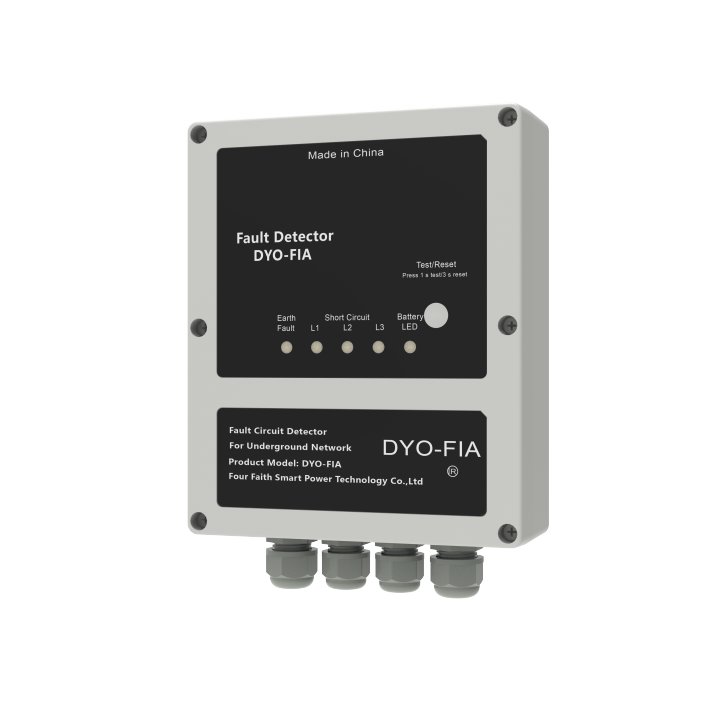
3. Four-Faith Power’s Fault Indicator Solutions
Four-Faith Power offers a comprehensive range of smart fault indicators for overhead and cable networks, integrating advanced LED Fault indicator, Flag Fault indicator , and Underground Fault indicator technologies.
- Key features include:
- Real-time Monitoring: Continuous current detection with adaptive fault thresholds.
- Multi-Mode Communication: Supports , 4G, or RS485 for data transmission to SCADA and Distribution Automation Systems.
- Visual + Remote Indication: LED + mechanical flag indication combined with wireless alerts.
- Long Battery Life: Built-in lithium battery ensures over 10 years of maintenance-free operation.
- Flexible Installation: Suitable for overhead lines, cable lines, and ring main units (RMUs).
By deploying Four-Faith’s FPI (Fault Passage Indicator) products, utilities can shorten outage times, reduce O&M costs, and improve system reliability across substations, feeders, and distributed generation systems.

Conclusion
Understanding the four main types of short-circuit faults in power systems is fundamental for any power network operator. Fault indicators, especially smart wireless solutions like JYZ-HW and JYZ-FF , provide fast, reliable detection, minimizing downtime and operational risks. For modern PV plants and complex distribution networks, these intelligent devices are indispensable for safe and efficient operations.



